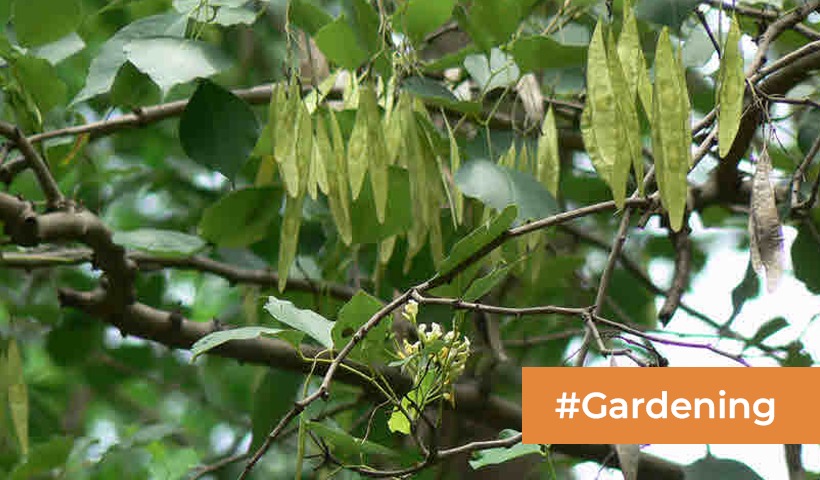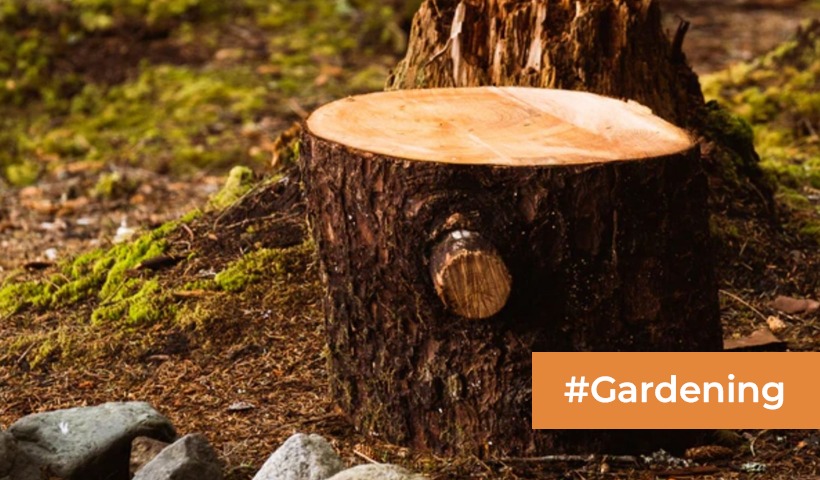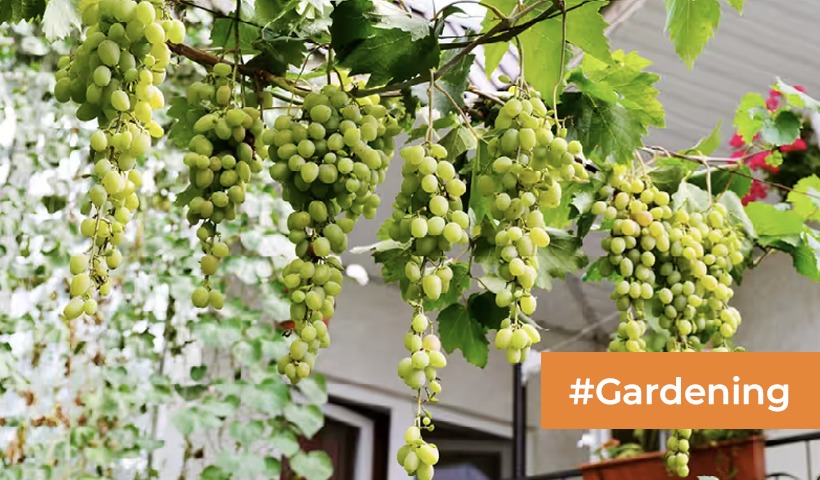Banyan Tree Marvels: Insights into Its Facts and Mystical Significance!
The banyan tree (Ficus benghalensis) is an iconic symbol of endurance, resilience, and profound significance in many cultures around the world. Known for its impressive size, longevity, and unique growth habits, the banyan tree holds a special place in history, religion, and the natural world. In this blog, we will explore fascinating facts about the banyan tree and delve into its cultural and ecological significance.
1. The King of Trees: A Natural Shelter with Vast
Canopies
The banyan tree is often referred to as the “king of trees” due to its enormous size and wide canopy. It can spread over a vast area, creating a natural shelter from the sun and rain. Some banyan trees are so large that they are considered entire ecosystems in themselves.
2. Strangler Fig Growth: Understanding the Banyan’s Unique Growth Pattern
One of the most distinctive features of the banyan tree is its growth pattern. It starts as an epiphyte, growing on another tree. As it matures, it sends down aerial roots that eventually reach the ground. These roots thicken and become additional trunks, creating the characteristic labyrinthine structure of the banyan tree.
3. Symbol of Immortality in Mythology and Religion
In Hindu mythology, the banyan tree is believed to be immortal because of its seemingly endless expansion. It is also associated with Lord Shiva and Goddess Durga. Under the banyan tree, seekers and sages often meditate, seeking enlightenment and wisdom.
4. Cultural Significance: The Banyan Tree in
Religion and Folklore
The banyan tree is revered in many cultures and religions worldwide. In Buddhism, it is believed that Buddha attained enlightenment under a banyan tree. In India, it is a symbol of unity and strength and is often planted near villages as a meeting place.
5. Ecosystem Hub: Banyan Tree as a Biodiversity
Hotspot
Banyan trees play a vital role in the ecosystem. Their large canopies provide shade and habitat for various creatures, including birds, insects, and small mammals. The aerial roots are home to numerous epiphytic plants and ferns.
6. Medicinal Uses of the Banyan Tree: Traditional
Healing Properties
Various parts of the banyan tree have medicinal properties. The bark and leaves are used in traditional medicine for ailments like diabetes, diarrhea, and respiratory issues. The milky latex from the tree has been used for its antimicrobial properties.
7. Cultural and Spiritual Gathering Places: Banyan
Trees as Community Hubs
In many parts of Asia, banyan trees are the focal points of village gatherings and cultural events. They serve as shaded spaces for people to come together, discuss matters, and celebrate festivals.
8. Environmental Benefits: Banyan Trees and Urban
Ecosystem Contributions
Banyan trees contribute to the environment by providing oxygen, absorbing carbon dioxide, and preventing soil erosion. Their dense foliage helps cool the surrounding area, making them valuable in urban environments.
Conclusion: The Enduring Legacy of the Banyan Tree
The banyan tree’s significance transcends boundaries, cultures, and generations. Its immense size and unique growth habits symbolize life’s enduring and interconnected nature. Whether you admire it for its cultural importance, its ecological contributions, or its sheer majesty, the banyan tree stands as a living testament to the wonders of the natural world and the rich tapestry of human history and spirituality.
Disclaimer: The views expressed above are for informational purposes only based on industry reports and related news stories. PropertyPistol does not guarantee the accuracy, completeness, or reliability of the information and shall not be held responsible for any action taken based on the published information




